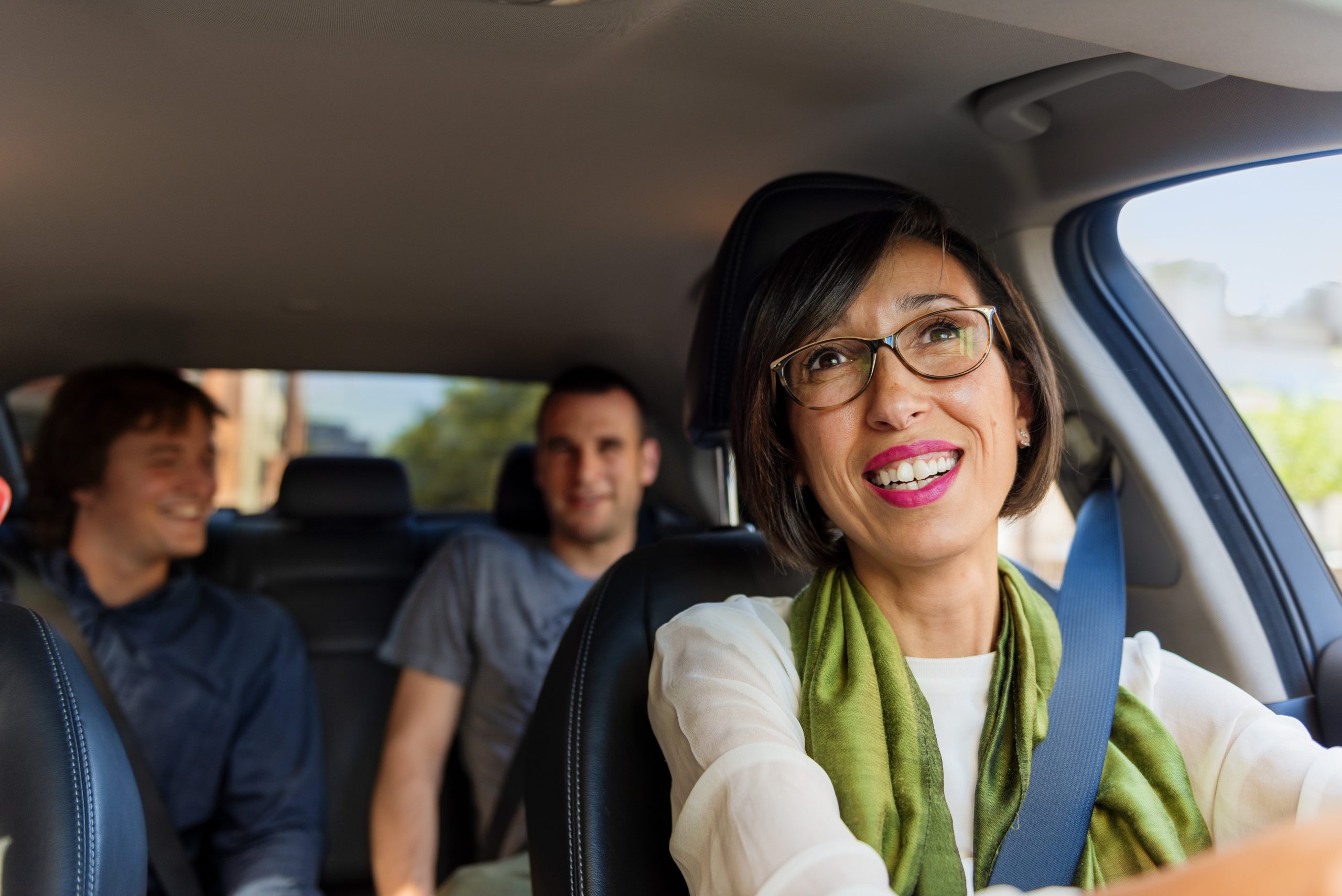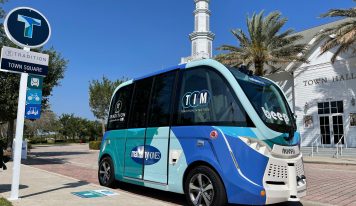Our favorite story of the gig economy versus government was a past ITEXPO where we took a few Ubers and Lyfts per day. Whenever there was a problem with a car, we actually logged the complaint in the app after or during the ride. In one case, we remember the rotors felt like they needed to be machined as there was a vibration whenever the car used its breaks. We actually suggested a fix to the problem we surmised.
One night, we decided to hop in a cab downtown to head back to our hotel and as we spoke with the taxi driver he complained about Uber to us. He said and we quote, “These guys aren’t regulated and anything goes.” While the first part of the statement may be accurate, the reality is consumers voice complaints and can rate each ride. We noticed the front passenger seatbelt in the taxi was broken. We had no one to complain to and we didn’t want to confront the driver. So we didn’t say anything and likely no one ever did.
In this example – did we need the government to protect us from the unsafe corporation or the other way around? How likely is it a taxi inspector will find this broken seatbelt and require a fix?
Still, governments don’t like the gig economy because it hurts incumbent providers who “lobby” to ensure they kill off the new competition.
The latest act of “consumer protection” has been the gig economy laws in California and a similar law that almost passed in New York. The laws are designed to restrict “freelance” work – forcing workers to enjoy full-time benefits if they meet certain thresholds.
As a result, many writers in California became immediately jobless:
See: Vox Media to Cut 200 Freelancers, Citing California Gig-Worker Law
“Under this law, I and other student journalists in California will write fewer stories,” wrote California Campus Correspondent Tahmineh Dehbozorgi. “For me, that could mean less accountability for colleges and universities at a time when it is most needed.”
The gig economy though is fighting back.
Starting Tuesday morning, drivers who ferry passengers from airports in Santa Barbara, Palm Springs and Sacramento can charge up to five times the fare Uber sets on a ride, according to a person involved in developing the feature. Uber confirmed in an emailed statement that it is doing an “initial test” that “would give drivers more control over the rates they charge riders.”
The ride-hailing giant has made many changes to the way it works in response to California’s passage of Assembly Bill 5. The law requires companies to treat workers as employees—eligible for sick days and other benefits—rather than independent contractors if they are controlled by their employer and contribute to its usual course of business. Uber has argued that it is a technology platform that connects riders with drivers, not a transportation company, so the drivers aren’t part of its usual course of business.
The fare test and other recent changes are part of Uber’s effort to strengthen its case that its drivers operate with some degree of independence. Earlier this month, Uber capped its commissions on rides across California. Last month, it allowed drivers in the state to see where riders were going, letting them choose the trips they wanted to take. Previously, drivers agreed to trips without knowing the destination.
The bottom line is companies are not perfect and certainly, the largest tech companies do have immense (maybe too much) power. Still, they typically do answer to customers and can lose these customers if they suck. If government regulators and lawmakers suck – there is very little recourse as few politicians ever undo bad laws and regulations.






